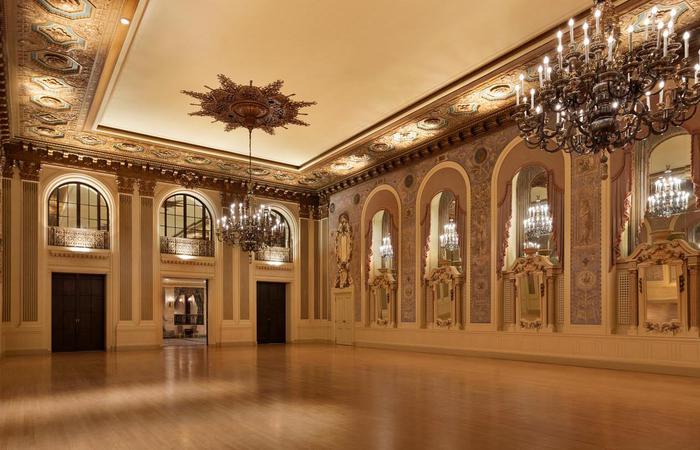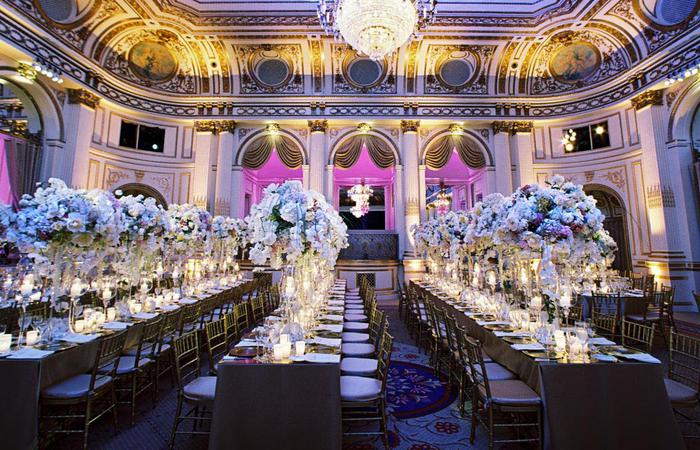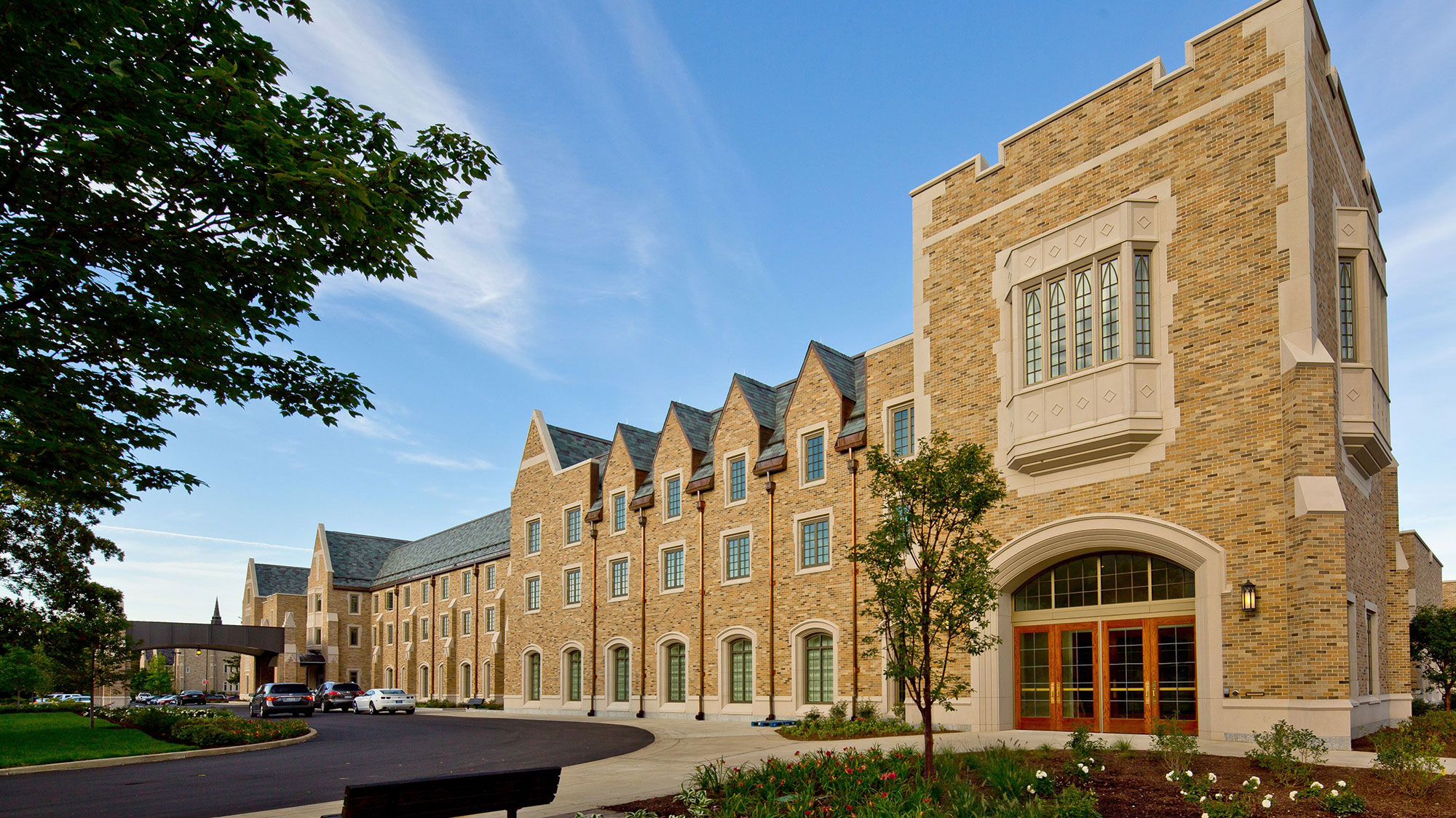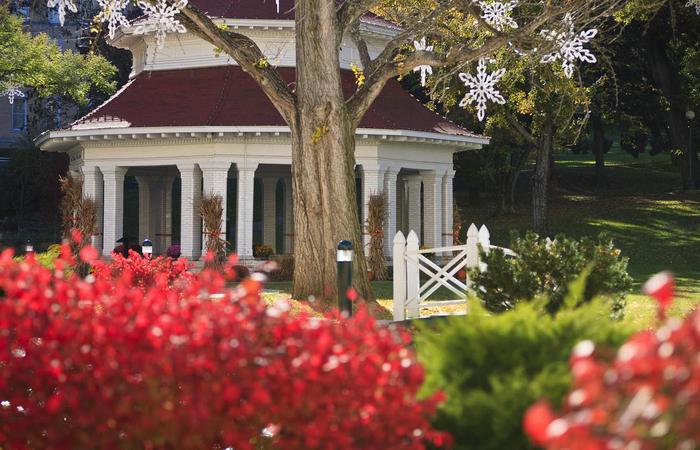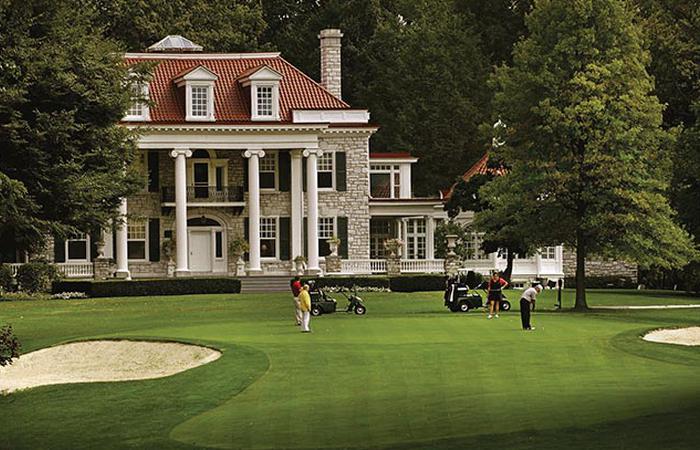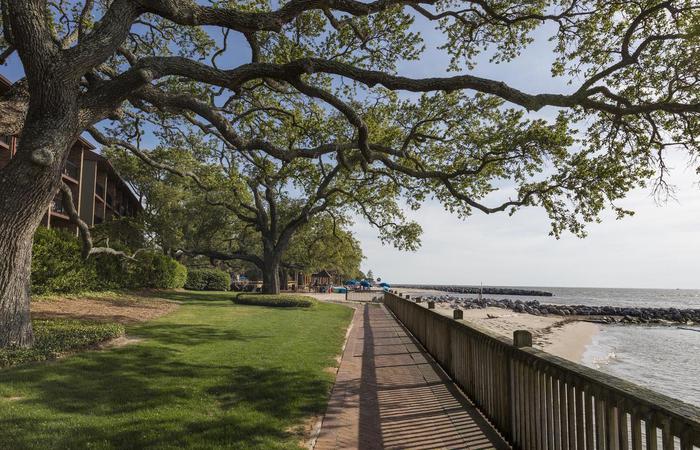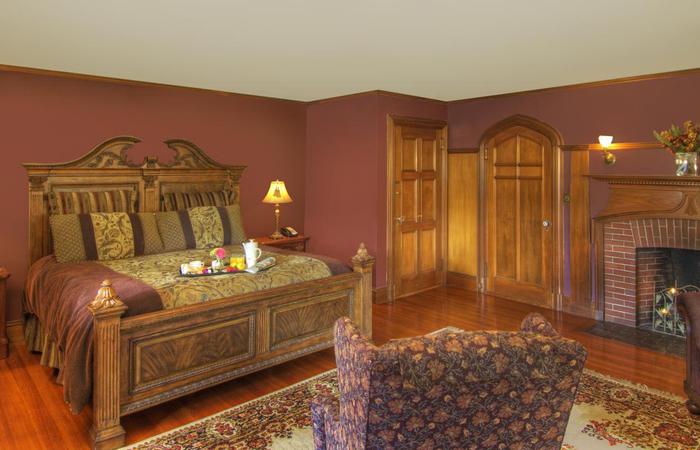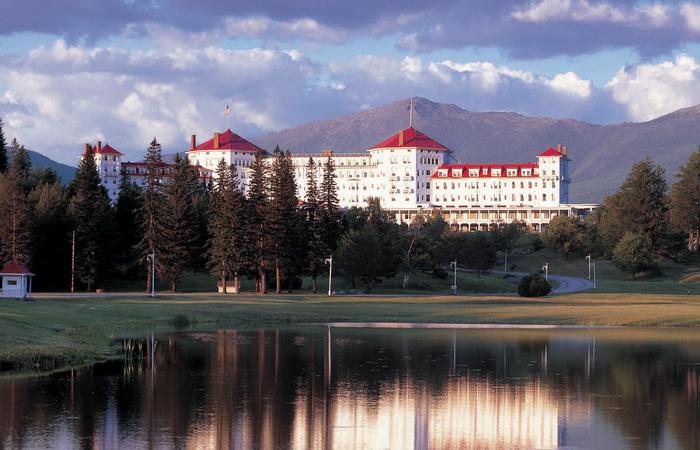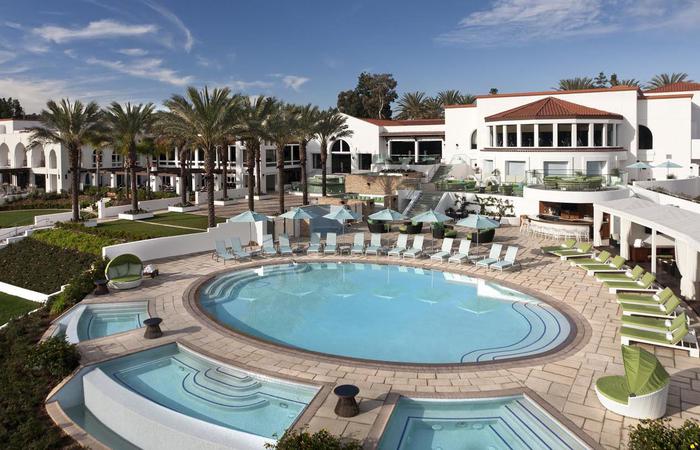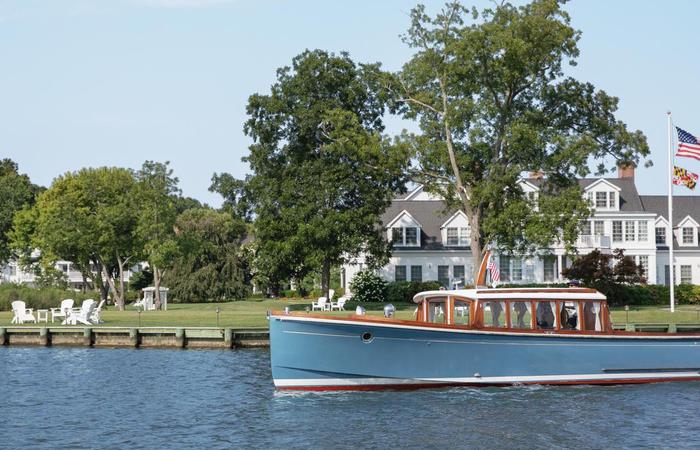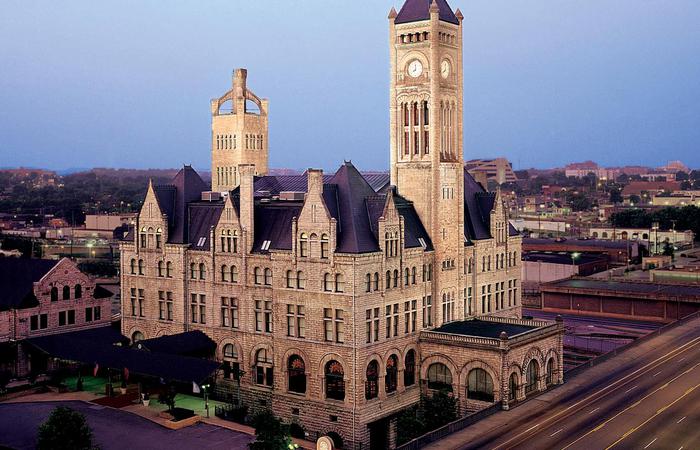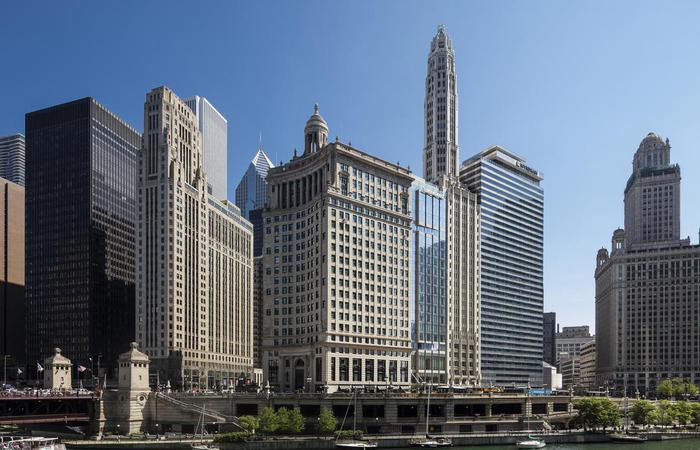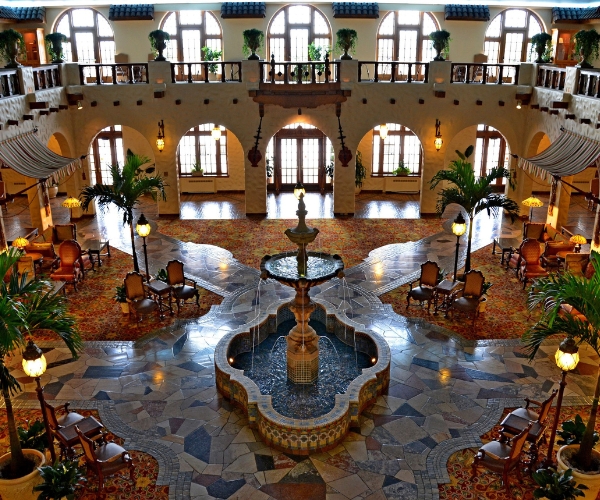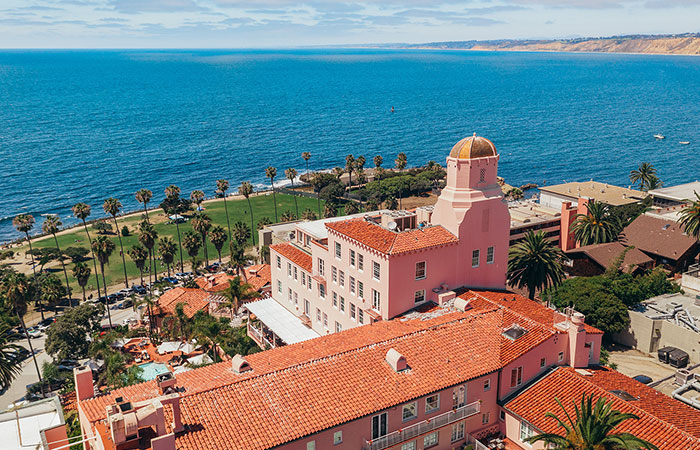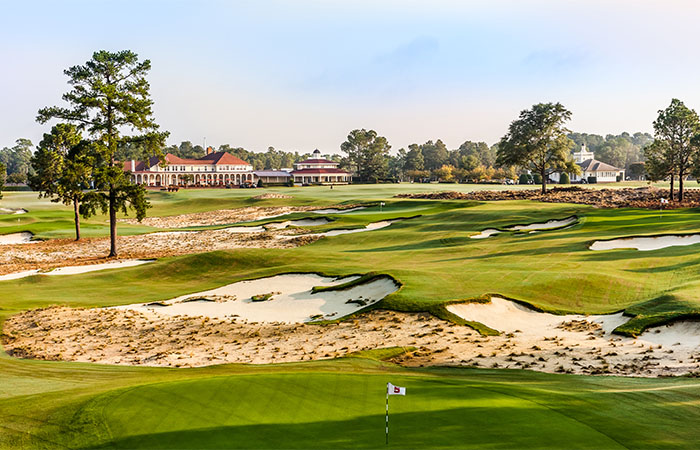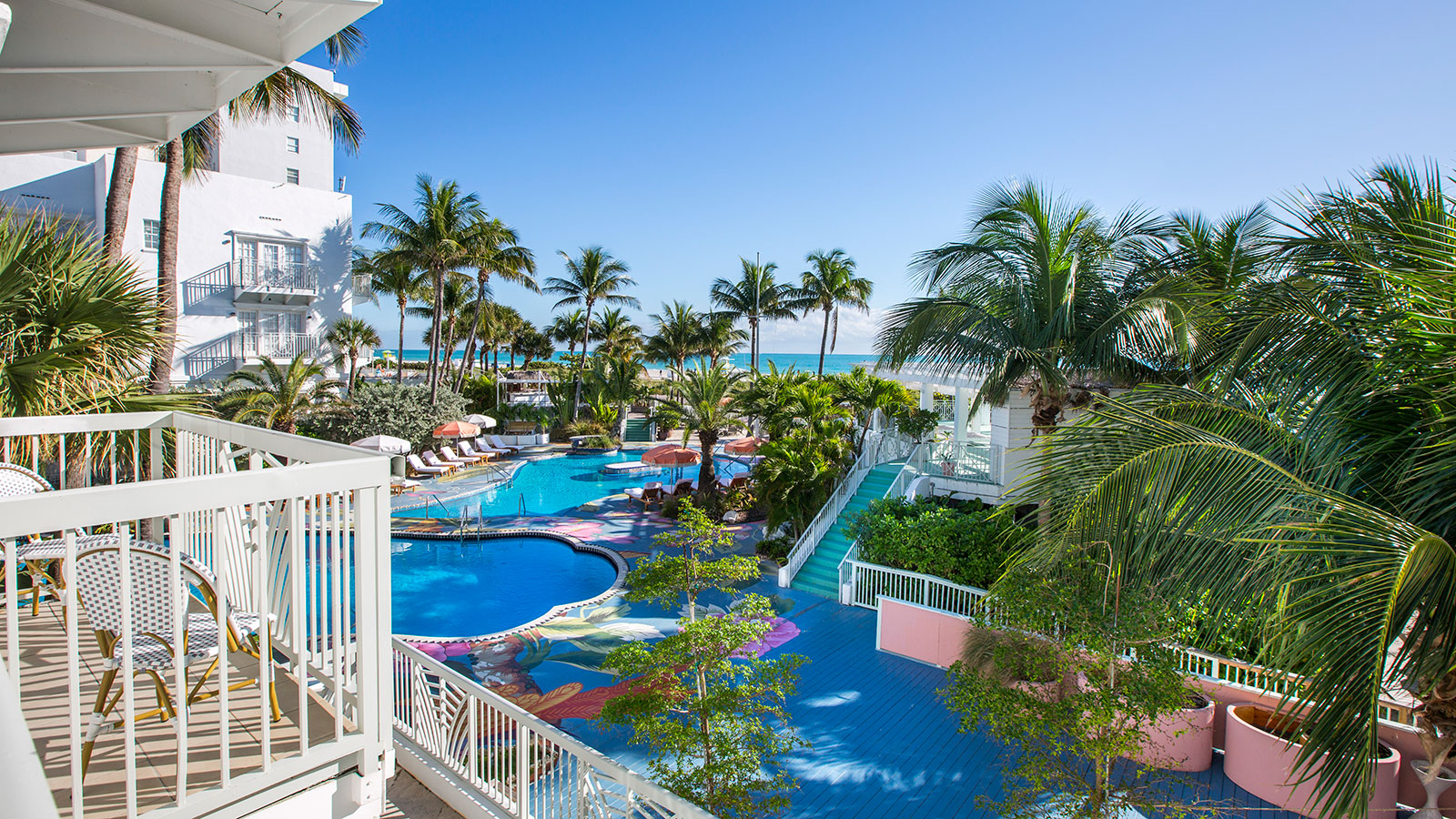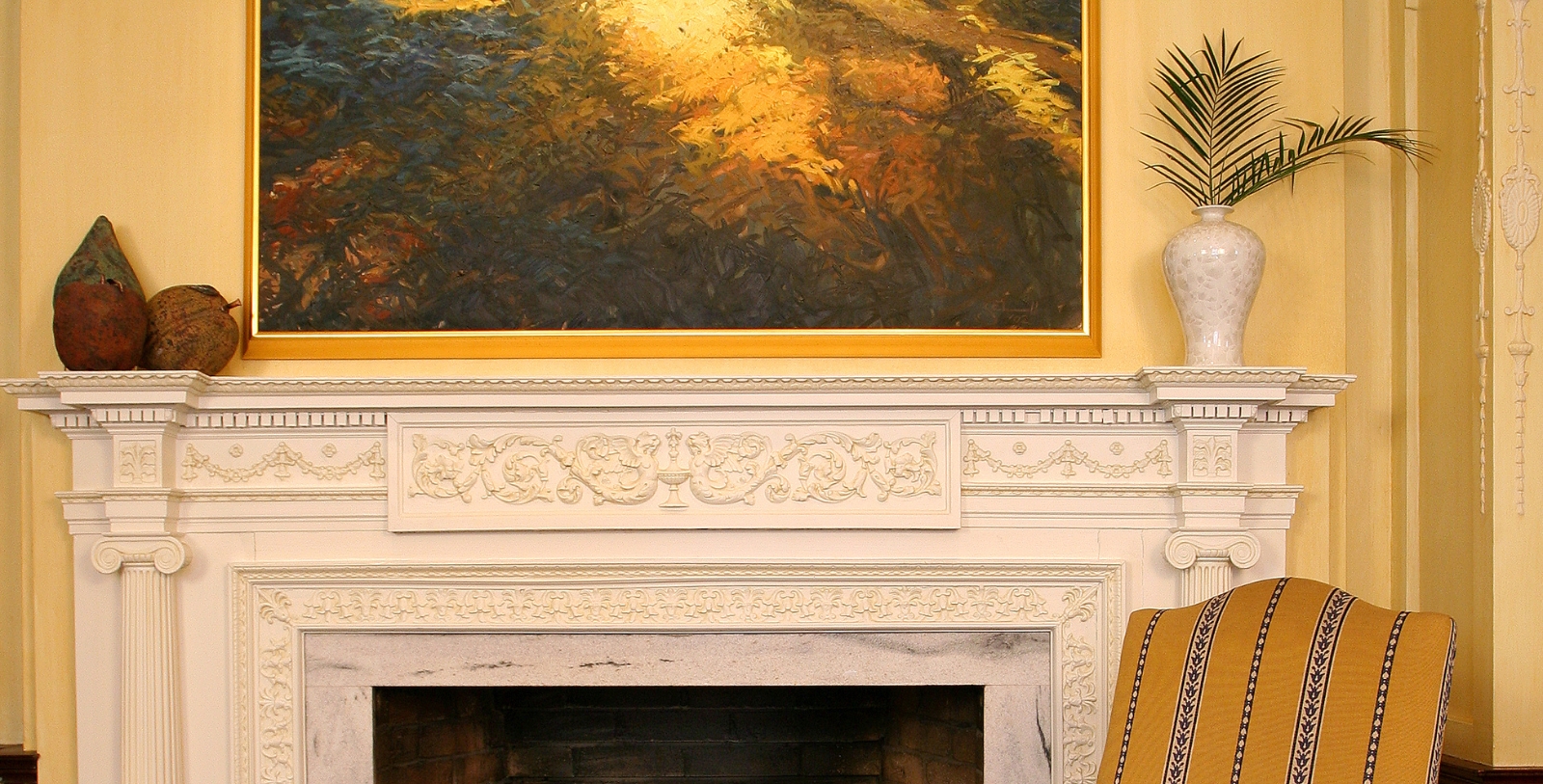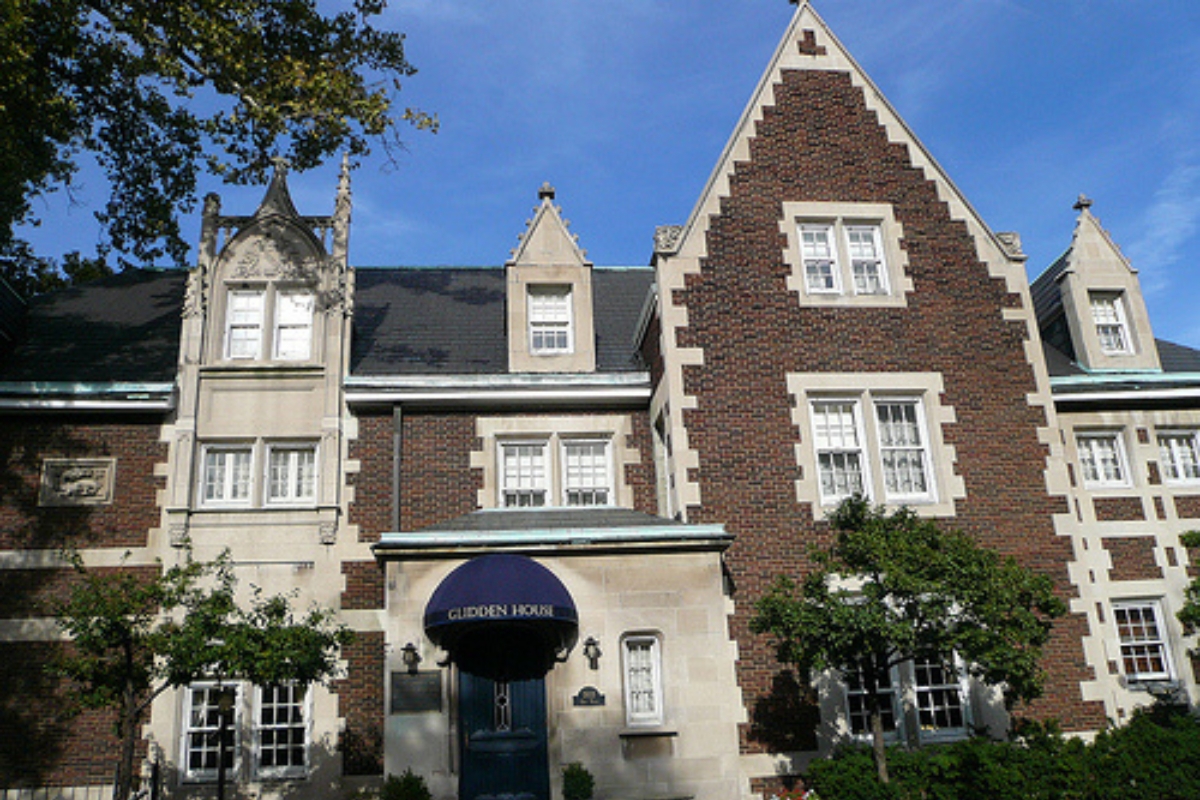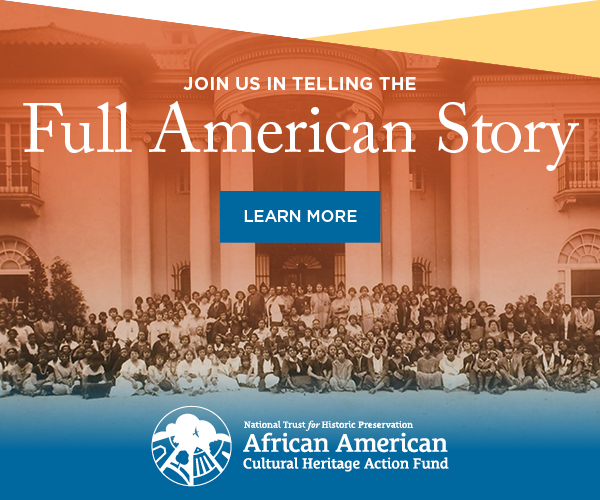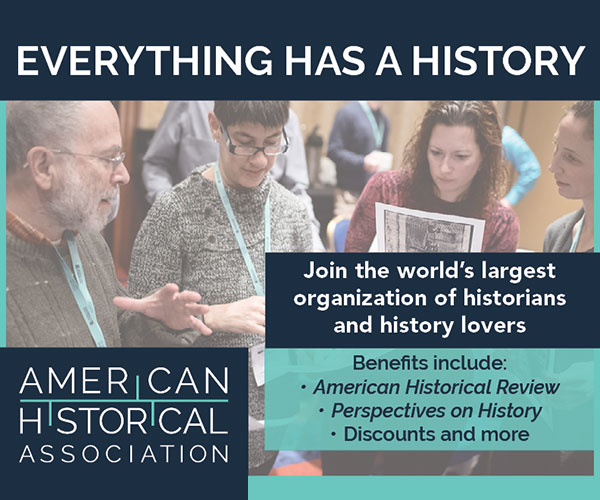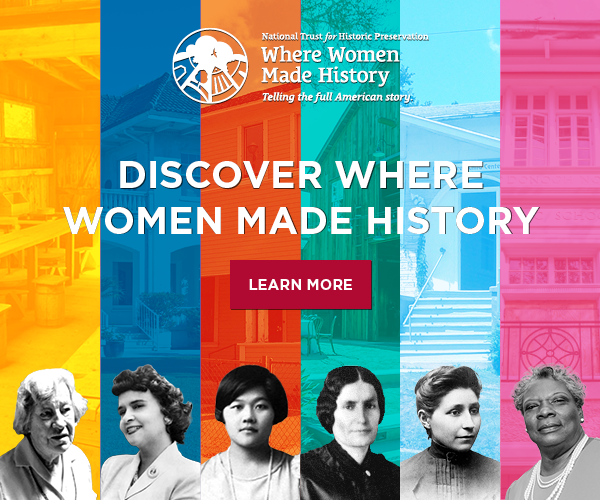Receive for Free - Discover & Explore eNewsletter monthly with advance notice of special offers, packages, and insider savings from 10% - 30% off Best Available Rates at selected hotels.
historic cleveland hotel
Discover Glidden House, which is located on the grounds of the historic Case Western University campus.
In the wake of the American Civil War, Cleveland, Ohio, began attracting commercial tycoons from across the United States due to its favorable business environment. Among those ambitious individuals to head to the metropolis was Francis Harrington Glidden, a former U.S. Navy veteran who originally apprenticed under paint magnate William Tilden back east. Seeking to debut his own enterprise, Glidden formed what would become known as 'The Glidden Varnish Company' in 1869. The company initially focused on making varnishes for furniture, pianos, and wagons, with the noted lacquer 'jap-a-lac' being its best-selling product. But the corporation soon grew to manufacture paint, eventually producing nearly 1,000 gallons per week in just a matter of years. Demand surged in turn, enabling Glidden to increasingly expand his industrial operations throughout the Cleveland area. The Glidden Paint Company had gained enough capital to obtain a 17-acre plant, which many contemporaries considered the largest in the world! The immense prosperity of the Glidden Paint Company made Francis Harrington Glidden incredibly wealthy, as well as his two sons—Francis Kavanaugh Glidden and William Joy Glidden. Employed as high-ranking officers within the company, both Francis (Kavanaugh) and William gradually assumed control over its daily operations during the early 20th century. This legacy lives on through Glidden House, a proud part of Cleveland hotel history.
Francis Kavanaugh Glidden rose to become the company's senior vice president, overseeing the diverse strategic decisions that turned the Glidden Paint Company into a global conglomerate! To highlight his own success, the younger Francis Glidden decided to build a gorgeous mansion in the up-and-coming University Circle neighborhood. So called for the presence of the Case Western Reserve University campus nearby, University Circle sat at the end of a famous thoroughfare referred to locally as "Millionaire's Row." Dozens of prominent residents had already purchased land in University Circle, with Francis Kavanaugh Glidden acquiring a verdant lot inside the region's exclusive Wade Park Allotment. Construction on the manor began afterward in 1910, which took several months to finish. However, the work accomplished by the architectural team was nothing short of brilliant, having designed an ornate estate that resembled a medieval palace. Rich Tudor Revival-style motifs defined every aspect of the exterior façade, such as its imitation half-timbering and the steeply pitched roofing. But the architects' masterful craftsmanship appeared in many other ways, especially in the library where the younger Glidden would spend a majority of his free time. (The most striking feature of the space were the cravings inscribed upon its walls, like "Knowledge is Power.")
Francis Kavanaugh Glidden, his wife Mary Grasselli Glidden, and their daughter, Ida Winifred Glidden, moved to the building upon its completion. Francis and Mary went on to host many grand galas and soirees on-site over the following decades, including several arranged in honor of Case Western Reserve University. Francis Kavanaugh Glidden died during the 1930s, leaving his beloved estate to Mary and Ida. Although Mary passed away shortly thereafter, Ida continued to live within the Glidden House until the 1950s. Case Western Reserve University purchased the historic structure, using it to host various academic institutions like its Psychology Department and Law School. Then in the mid-1980s, the Glidden House underwent an extensive restoration that saw its historic interior layout transformed into a fantastic boutique hotel. Opened as the "Glidden House," the building's new owners preserved many of its rooms amid the greater renovations, including its library, parlor, and loggia. Glidden House has since emerged as one of the best holiday destinations to experience in Cleveland, offering guests access to stunning amenities and warm hospitality. The revitalized historic site has remained a celebrated landmark, thanks to its enduring cultural connection to Cleveland's fascinating economic past. Few places in the region are truly better suited for a rewarding experience than the iconic Glidden House.
-
About the Location +
University Circle's history dates to the late 18th century when the area was first settled. In 1799, Nathaniel Doan, a member of the Connecticut Land Company, established a tavern at what is now East 107th Street and Euclid Avenue. This area became known as "Doan's Corners." However, the name "University Circle" originated from a streetcar turnaround at Euclid Avenue and Doan Brook Boulevard (currently Martin Luther King Jr. Boulevard) in the late 19th century. The area began to take shape as a cultural and educational hub once Western Reserve University (WRU) moved its campus from Hudson, Ohio, to Adelbert Road in 1883. Two years later, the Case School of Applied Science relocated from downtown Cleveland to Euclid Avenue near WRU. (Both schools would eventually form the modern "Case Western Reserve University.") The presence of these educational institutions attracted other cultural and social-service organizations. For instance, in 1898, the Western Reserve Historical Society moved to the neighborhood, followed by the Cleveland Museum of Art a decade later. By the 1920s and 1930s, the area was home to numerous educational and medical institutions, including the Cleveland Museum of Natural History, the Cleveland Institute of Art, the Cleveland Institute of Music, and University Hospital. Today University Circle is still celebrated throughout the world as a preeminent center for academic and cultural innovation. The district has remained a vibrant and dynamic part of Cleveland, attracting visitors with its diverse array of attractions.
Cleveland's history dates to prehistoric times, with evidence of human activity going as far back as the Stone Age. Early inhabitants included the Whittlesey people, who lived along the various inlets of the local Lake Eire coast. But the contemporary origins of Cleveland began with its founding by General Moses Cleaveland of the Connecticut Land Company in 1796. Cleaveland and his survey party laid out the town's initial plan, which included the prominent landmark, "Public Square." To honor Cleaveland’s contributions, the city bore his name until a local newspaper dropped the "a" amid a greater marketing campaign years later. Cleveland's location near Lake Erie and the Cuyahoga River made it a strategic trade center. The completion of the Ohio and Erie Canal only further reinforced its status as a commercial hub, helping to better connect its budding businesses to other communities on the Ohio River. By the mid-19th century, Cleveland had become a major industrial metropolis, with thriving iron, steel, and oil industries. Even prominent corporations like Standard Oil and Sherwin-Williams would establish their headquarters inside the city limits. This economic identity became extremely important upon the start of the American Civil War, as its factories supplied countless materials for the Union Army. The city's industrial base continued to grow, too, attracting European and Middle Eastern immigrants, as well as African American migrants.
As a result, Cleveland had reached the height of its prosperity by the beginning of the 20th century, having come to be one of the nation's largest cities. However, Cleveland faced numerous challenges like prolonged labor strikes and social unrest. The Great Depression hit the city particularly hard, leading to economic decline and high unemployment. Subsequent rises in suburbanization and deindustrialization caused even more manufacturing jobs to relocate, leaving behind vacant factories in their wake. But despite these setbacks, Cleveland fortunately began a gradual recovery during the late 20th century. Efforts to revitalize the downtown area included the construction of new sports stadiums, the Rock and Roll Hall of Fame, and the Great Lakes Science Center. The city became a major center for healthcare, with institutions like the Cleveland Clinic (in University Circle) gaining international prominence. Today, Cleveland thrives with a diverse economy and rich cultural heritage. It continues to be a national leader in healthcare, education, and the arts, while its distinctive neighborhoods represent a wide range of ethnic backgrounds. Furthermore, the city has even emerged as a fascinating vacation destination, offering access to renowned cultural institutions like the historic West Side Market, the Cleveland Metroparks Zoo, the Cleveland Museum of Art, and the aforementioned Rock & Roll Hall of Fame. From its early days as a frontier town to its rise as an industrial powerhouse, Cleveland’s story is truly one of resilience and transformation.
-
About the Architecture +
Glidden House stands today as a brilliant example of Gothic Revival architecture in the United States. Gothic Revival-style architecture was part of the artistic movement known as "Romanticism" that had swept through Europe and North America throughout much of the 19th century. This demarcated a distinctive break from the Neoclassicism of the century prior, which drew its architectural inspiration from the Greco-Roman civilizations of antiquity. The desire for the medieval design principles of Gothic Revival architecture reflected a broader trend within Western societies—particularly in European countries—to preserve the past in a meaningful way. Architects took to preserving the surviving buildings from the period, while creating new ones that mirrored the aesthetic. The most common structural elements incorporated into buildings developed with Gothic Revival style were the pointed arch. This profound feature manifested in windows, doors, and rooftop gables. It influenced the development of entire substructures, causing the creation of such features as mock parapets, conical towers, and high spires. Other characteristics associated with Gothic Revival-style architecture included a special kind of wooden trimming known as either "vergeboards" or "bargeboards." Porches featured turned posts or slender columns, while the roof was often deeply pitched and lined with dormers. Architects typically used this style for rural buildings set within a historic village or town, although some in the field—such as Ralph Cameron—chose it for commercial structures from time to time. Churches were the buildings that featured Gothic Revival style the most, as their natural layout was well-suited to display the best of the form. Nevertheless, other buildings made use of the aesthetic, too, including hotels, banks, and government offices.


